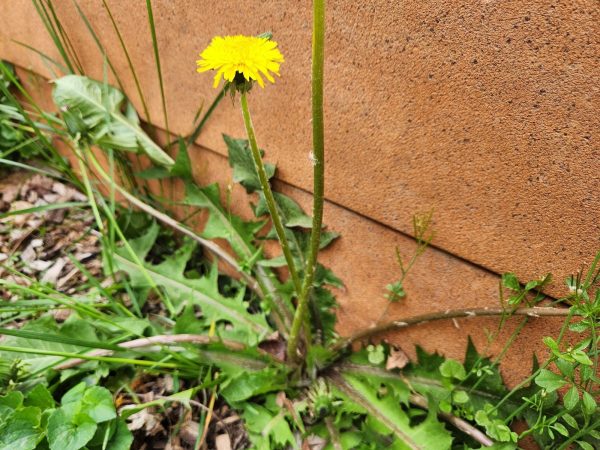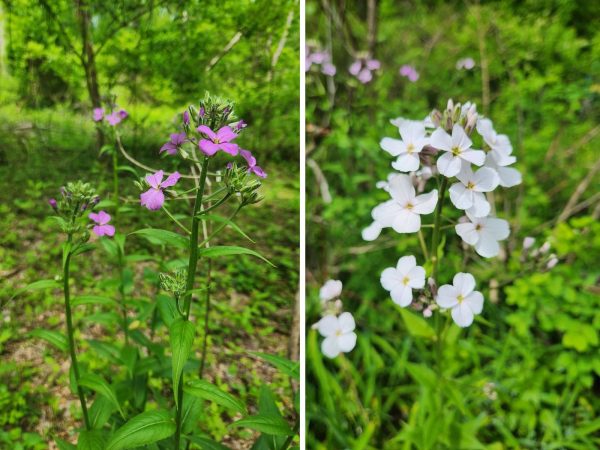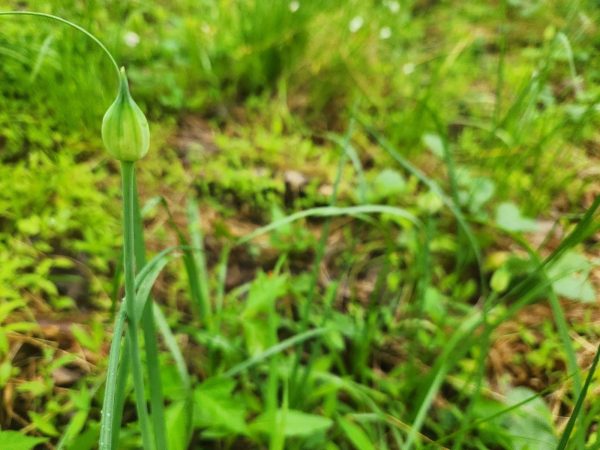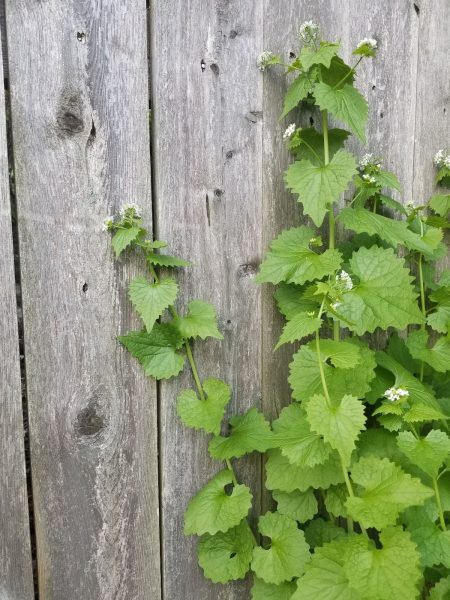This spring, don’t just pull weeds, harvest and eat them! Whether cultivating your favorite flowers or producing the juiciest tomatoes this world has to offer, gardens are a source of pride and joy and a labor of love. Unfortunately, having a successful garden typically comes with a lot of weeding. Weeding can be a tedious chore, but in some cases, you may find within it an opportunity for a tasty snack. Need ideas for harvesting edible weeds? Keep reading!
Ways to Enjoy Edible Weeds
Common garden weeds like dandelions, creeping charlie, dames rocket, wild mustard, and garlic mustard can all be redeemed by adding them to dishes like biscuits, fritters, salads, salad dressings, and pesto. Remember, for your own safety, be certain you have identified a plant correctly before eating it! Here are a few common weeds that make great additions to any dish.
Dandelions (Taraxacum officinale)

The dandelion is perhaps the quintessential “weed” plant in eastern North America. With its abundant airborne seeds that tempt children into launching them, plus its stubborn roots and fast growth, dandelions have certainly earned that strong association.
The dandelion is likely among some of the first plants introduced to this continent from Europe, possibly brought by the pilgrims on the Mayflower as a medicinal herb. Since then, it has escaped containment and has spread across the continent. North America does have its own native members of the Taraxacum genus, but these species are primarily found in the west. In the east, we have native dwarf dandelions, the Krigia genus.
To get some benefits out of this ubiquitous weed, you can add the greens to salads, fry up the flowers in some batter to make fritters, or even make a coffee-like drink out of the roots.
Creeping Charlie aka Ground Ivy (Glechoma hederacea)

This weed with many names is an ingredient with many uses, too. I’ve added creeping charlie to southern-style drop biscuits, roasted it with butternut squash, added it to salad dressings, and seasoned rice pilaf with it. Its versatility comes from its subtle, but delicious flavor: herby with a nutty quality, smelling vaguely minty, but much less pungent once cooked.
I have always preferred preparing simpler recipes over elaborate ones, so for that reason, I like to roast cubed butternut squash at 400 degrees for 30 minutes, coated in olive oil with minced creeping charlie and salt to taste. If you like that, I would highly recommend exploring all that creeping charlie can do.
Historically in Europe, creeping charlie was used as a flavor additive for beer, and commonly referred to as beer ivy. Like dandelions, it was likely intentionally brought to North America by early European settlers who saw the plant as an ingredient, not a weed.
Over time, creeping charlie’s fast growth, tolerance to shade, and allelopathic abilities have allowed it to grow beyond human control and cultivation. Allelopathy is a plant’s ability to secrete chemicals into the soil around it, which reduces other plants’ ability to germinate and grow. Charlie’s sabotaging ways make the harvesting of this plant all the more rewarding.
Dame’s Rocket (Hesperis matronalis)

Dame’s rocket is a Eurasian impostor for our native garden phlox. But you can quickly spot this impostor by counting the flower petals: 4 for dame’s rocket and 5 for phlox. The other giveaway is that dame’s rocket is a spring to early summer bloomer, while garden phlox is a summer to fall bloomer. Woodland phlox is another native lookalike, which blooms concurrently with dame’s rocket, but it is much shorter and its purple flowers have a bluer hue.
Like so many of the other plants on this list, dame’s rocket was introduced by, you guessed it, early European settlers. Its spread has since been helped along by its inclusion in wildflower seed mixes.
Dame’s rocket is a member of the mustard family, and like other mustards, the edible parts of the dame’s rocket are the buds and leaves. The leaves are best harvested before the plant sends up a flower, when the leaves are at their tenderest, so beginners may want to stick to harvesting the flower buds, as this is easier to identify.
I have cooked up dame’s rocket buds in a similar fashion to broccoli and broccoli rabe: blanch them, steam them, pan fry them up with lemon and parmesan or olive oil and pine nuts. There are many options!
Crow Garlic/Onion Grass (Allium vineale)

Can you guess how this next weed might be used in the kitchen? This wild allium species carries its genus’s signature smell and flavor profile. Despite crow garlic’s name, its flavor and texture is more like chives and scallions, in my opinion. I find crow garlic most often in forest settings where they tend to visually stand out if you are looking down, but you can also find them in fields and lawns. Once again, you can thank (of course) early European settlers for the crow garlic growing everywhere.
Garlic Mustard (Alliaria petiolata)

The final species in our harvesting ideas for edible weeds list is garlic mustard, which is potentially both the tastiest and the most ecologically problematic, making harvesting this plant all the more desirable. I have already covered garlic mustard and its culinary uses in my Nature Note Transforming Invasive Plants into Tasty Pesto, which you can find here.
Guides: Apps like Seek and iNaturalist can help you identify these plants, but be sure to do some research of your own to double-check the AI’s answer. Catching these plants while they are in bloom will help with identification and help you remove them before they go to seed.
Thoughts on chemicals and words of caution:
Be careful harvesting any plants for consumption in places where you or someone else has or may have sprayed pesticides, herbicides, fertilizers, or other such chemicals. When in doubt, use caution and harvest from somewhere else.
Furthermore, many of these weedy species are found growing along roads. Roadsides can be places where heavy metals, petrochemicals, and road salt accumulate in the soil, which plants may absorb, making them risky for consumption. Again, use caution and harvest from somewhere else.
A final note of caution: This article about harvesting ideas for edible weeds does not go in depth about how to identify these plants and distinguish them from inedible lookalikes. Please only eat plants that you are confident you have correctly identified.
By Katie Toner, Conservation Easement Steward at Heritage Conservancy
